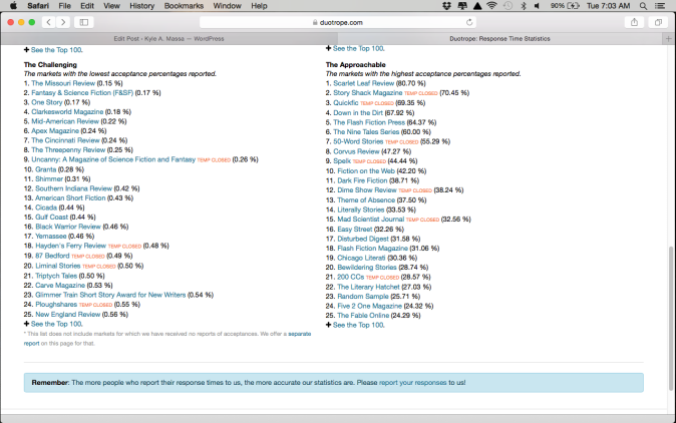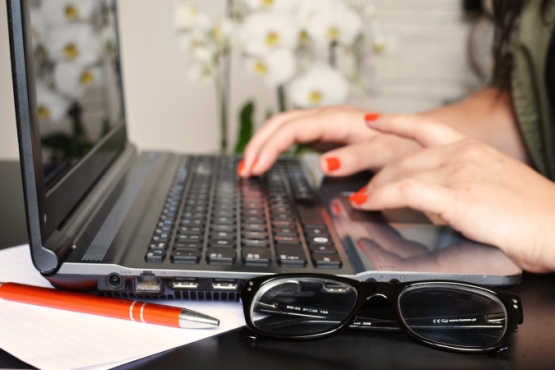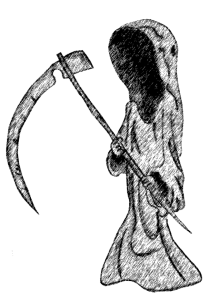
(Disclaimer: the title of this blog post has nothing to do with its content. Rather, it’s meant to get you to read the piece. Apologies to those interested in cosmic eating contests.)
I went to an art show last week with my mom. She entered a painting of my aunt’s cat (it was the best one there, in my opinion). Before the winners were announced, we browsed through the other paintings. Each had a title, and one in particular caught my eye.
Its name was: “Waiting for the Slutty Nun.” I needed to see this piece.
No, I don’t have a thing for slutty nuns. Rather, the title was so outrageous, so striking, that I couldn’t not be interested in the painting. I wasn’t the only one; people chattered about the piece before they’d even seen it.
For me, this experience reinforced the idea that a good title is essential for any piece of art. An accurate label isn’t enough. If we want to get people excited about our work before they even see it, a good title is essential.
For writers, the title of a book or story is often the first point of contact between the reader and the work. If they’ve never heard of you or your writing before, you want to make a good first impression. A great title sparks that initial interest—which is exactly what we’re looking for.
Furthermore, a good title can help our work stand out from others. For instance, let’s say you wrote a truly outstanding crime novel. It’s suspenseful, unpredictable, and exciting. Plus, it’s unlike other crime novels because it takes place on the moon. Clearly, this is a pretty unusual story. Yet if you give it a generic title like “The Murder,” you’re not showing how your piece is different from others.
Lastly, great titles are perfectly paired with their stories. I’m thinking of Ray Bradbury’s Fahrenheit 451. Imagine if that book had a different title, like The Firemen or The Book Burners. Wouldn’t it just not be the same? No other title quite captures the essence of the story so perfectly (451 degrees Fahrenheit is the temperature at which paper ignites, by the way). Plus, that title would never fit quite right on any other novel. Fahrenheit 451 is the perfect name for that book, and only that book.
For us writers and artists in general, I think agonizing over the perfect title is well worth it. Let’s not settle for the generic—let’s be inventive. Evocative. Bold. Or, if you’re a nun, maybe even a little slutty?















